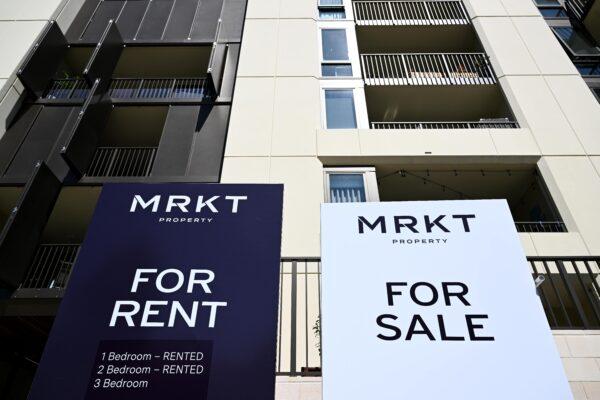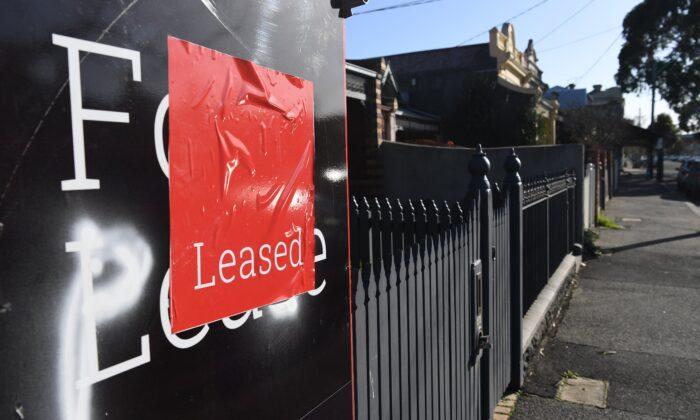A new analysis has shown that Australian households who do not own their place of residence now have to spend nearly a third of their income on rent, with spending expected to remain high in the near future.
This comes as the annual growth of national rent values surged from below two percent in April 2020 to 10.1 percent in April 2023.
While the report said the median income household would still be able to live comfortably under the new rental prices, the picture was entirely different for low-income families.
Specifically, Australian households with income levels at the bottom 25 percent had to fork out 51.6 percent of their earnings on rent, which was up from 44.7 percent three years ago and effectively put them under significant housing stress.
At the same time, the report found that the gap in housing affordability between median and low-income renters, which had always remained large, reached a record high in the past few years.
This suggested that rising rents had a much stronger impact on poorer households.
Housing Supply Constraints
Despite rent soaring to unprecedented levels, the report said the current market environment was not ideal for investors, dampening the supply of new rental properties.After the Reserve Bank of Australia started an interest rate hiking cycle in May 2022, it has been harder for investors to secure finance for their investments.
Data from the Australian Bureau of Statistics (ABS) indicated that the monthly combined value of housing loans obtained by investors had plunged by 30 percent from a peak in January 2022, suggesting a decline in the number of rental properties added to the market.
In addition, high-interest rates were wiping out profits from rental investments.
“While weekly rents have risen an estimated $115 per week through to April (since September 2020), mortgage payments are estimated to have increased by $318,” the report said.

Another factor contributing to supply constraints was a decline in social housing stock.
There was a 3.2 percent increase in the number of social housing units in the past ten years, but the portion of Australian dwelling stock that was identified as social housing dipped from 4.7 to 4.1 percent, resulting in a waiting list of approximately 164,000 by the end of 2021.
Meanwhile, a slowdown in construction due to inflation and economic headwinds also led to a depleted housing supply.
Migration Drives Up Rental Demand
The report noted that overseas migration swiftly and significantly impacted the Australian rental market, as most immigrants arrived as renters.A 2018 survey by the ABS indicated that 85 percent of migrant households were renters between 2013 and 2018.
Following the easing of border restrictions, net overseas arrivals surged from above 50,000 in March 2022 to below 250,000 in March 2023.
As most immigrants came to Melbourne and Sydney, which accounted for 31.1 percent and 29.9 percent of net overseas migration, they added more pressure to the rental supply in these cities.
Despite the bleak outlook of the current rental market, Owen said more rental properties might appear on the market due to an increase in investor borrowing.
However, she noted that this would take some time to materialise.
Meanwhile, advocacy groups have called on the government to invest more in social housing to tackle the current housing crisis.
“Housing stress can push people into homelessness and put pressure on the services they turn to for help,” Everybody’s Home spokesperson Maiy Azize said in comments obtained by AAP.
“We simply cannot end Australia’s housing crisis without more social housing.”
The Epoch Times has reached out to the Australian Landlords Association for comment but has yet to receive a reply in time for publication.






Friends Read Free